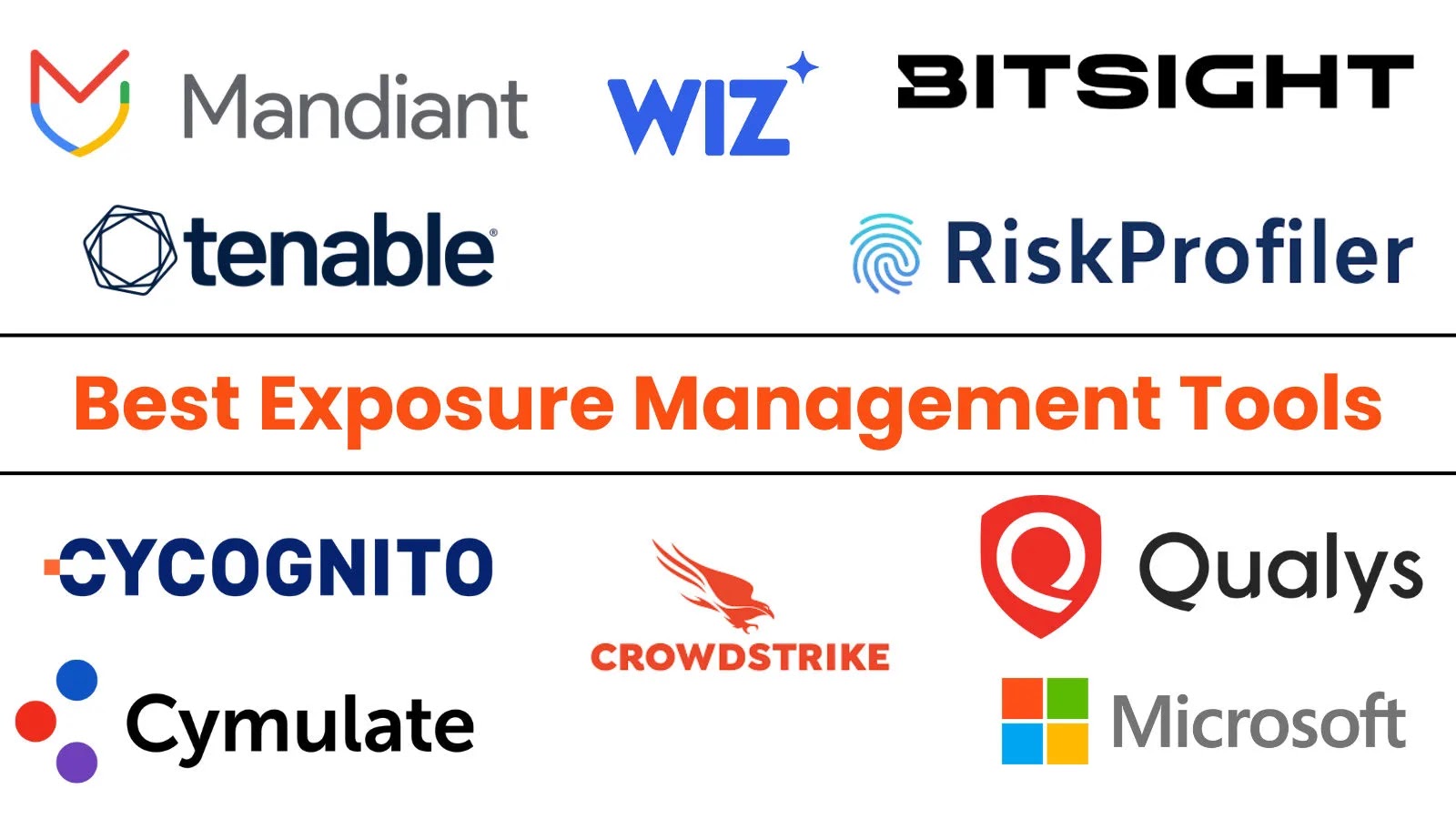
Top 10 Best Exposure Management Tools In 2026
Navigating the Evolving Threat Landscape: The Imperative of Exposure Management
The cybersecurity paradigm has shifted. Reactive defense, characterized by perimeter security and incident response, is no longer sufficient. Organizations face increasingly sophisticated adversaries who exploit vulnerabilities and misconfigurations across sprawling attack surfaces. This necessitates a proactive, systematic approach to security: Exposure Management. Unlike traditional, periodic vulnerability scanning, Exposure Management embraces continuous monitoring, threat intelligence, and a holistic, graph-based view of risk to anticipate and neutralize potential attack paths before adversaries can exploit them. As we look towards 2026, the adoption of robust Exposure Management tools will be non-negotiable for maintaining a resilient security posture.
What is Exposure Management?
Exposure Management is a proactive cybersecurity discipline that systematically identifies, assesses, prioritizes, and remediates security vulnerabilities and misconfigurations across an organization’s entire attack surface – both internal and external. It moves beyond simply finding vulnerabilities to understanding how these weaknesses create exploitable attack paths and what the potential business impact would be if compromised. This involves:
- Continuous Monitoring: Real-time oversight of assets, configurations, and user behaviors.
- Attack Surface Discovery: Comprehensive identification of all digital assets, including unknown or shadow IT.
- Risk Prioritization: Using threat intelligence and business context to rank vulnerabilities by their potential impact.
- Remediation Orchestration: Streamlining the process of fixing identified exposures.
- Threat Intelligence Integration: Leveraging external data on emerging threats to proactively address relevant vulnerabilities.
The Need for Proactive Security in 2026
The digital landscape of 2026 will be characterized by expanding cloud footprints, hybrid work environments, and an ever-increasing reliance on third-party applications. This complexity introduces new vectors for attack. Traditional vulnerability management often struggles to keep pace with this dynamic environment, leading to a backlog of unaddressed risks. Exposure Management tools offer a critical advantage by providing a unified view of risk, enabling security teams to focus their efforts on the most impactful exposures.
Top 10 Best Exposure Management Tools In 2026 (Anticipated)
While specific market leaders can shift, the following types of platforms and their current leading contenders are expected to dominate the Exposure Management space in 2026. These tools provide varying functionalities, often overlapping, but all contribute significantly to a proactive security strategy.
1. Attack Surface Management (ASM) Platforms
ASM tools are fundamental to Exposure Management. They continuously discover and map an organization’s internal and external attack surface, identifying unknown assets, shadow IT, and potential entry points for attackers. This includes web applications, cloud instances, network devices, and third-party vendor exposures. A critical aspect of ASM is its ability to uncover blind spots that traditional scanning might miss.
2. Continuous Threat Exposure Management (CTEM) Platforms
CTEM platforms take a holistic view, integrating ASM, vulnerability management, penetration testing, and breach and attack simulation (BAS) into a unified workflow. They provide continuous validation of security controls and help organizations understand their resilience against specific threat scenarios, often leveraging frameworks like MITRE ATT&CK.
3. External Attack Surface Management (EASM) Solutions
EASM focuses specifically on the external-facing attack surface, providing an attacker’s-eye view of an organization’s digital footprint. This includes public-facing assets, associated metadata, misconfigurations, and third-party risks. Tools in this category continuously monitor for changes and potential exposures that could be exploited by external adversaries.
4. Cloud Security Posture Management (CSPM) Tools
Given the pervasive adoption of cloud infrastructure, CSPM tools are indispensable. They automate the identification and remediation of misconfigurations and compliance violations within cloud environments (AWS, Azure, GCP, etc.). Misconfigured cloud assets are a significant source of exposure.
5. Vulnerability Management (VM) & Prioritization Platforms
While Exposure Management goes beyond traditional VM, advanced VM platforms with strong prioritization capabilities are critical components. These tools leverage threat intelligence, asset criticality, and exploitability data to rank vulnerabilities, ensuring that security teams focus on the most critical threats. For example, addressing a critical vulnerability like CVE-2023-23397 in Microsoft Outlook might be prioritized due to its potential for remote code execution.
6. Breach and Attack Simulation (BAS) Tools
BAS tools provide continuous, automated testing of security controls against real-world attack techniques. They simulate adversary actions in a safe manner, helping organizations validate their defenses and identify weaknesses before actual breaches occur. This proactive testing is a cornerstone of effective Exposure Management.
7. Digital Risk Protection (DRP) Platforms
DRP solutions monitor the dark web, deep web, and public internet for mentions of company assets, credentials, and potential threats. They help organizations discover leaked data, brand abuse, and other external risks that contribute to their overall exposure.
8. Identity Threat Detection and Response (ITDR) Solutions
Identity is a primary target for attackers. ITDR tools focus on detecting and responding to identity-based threats, such as credential compromise, privilege escalation, and lateral movement. Securing identities is paramount to reducing an organization’s overall exposure.
9. Security Posture Management (SPM) Tools
SPM tools offer a broader view of an organization’s security posture, often integrating data from various security tools to provide a unified risk score. They help track compliance, identify deviations from security baselines, and measure the effectiveness of security controls across the enterprise.
10. Cyber Asset Attack Surface Management (CAASM) Tools
CAASM focuses on aggregating and normalizing asset inventory data from various sources (CMDBs, cloud providers, vulnerability scanners) to provide a complete and accurate view of an organization’s cyber assets. This foundational visibility is essential for understanding where exposures exist.
Key Takeaways for Proactive Security
As organizations move towards 2026, embracing Exposure Management will be a differentiator in cybersecurity resilience. The landscape demands a shift from reactive defense to proactive anticipation of threats. The tools highlighted above represent the forefront of this evolution, offering comprehensive capabilities to:
- Continuously discover and map the full attack surface.
- Prioritize risks based on real-world threat intelligence and business impact.
- Proactively test and validate security controls.
- Orchestrate remediation efforts effectively.
- Gain a graph-based understanding of intertwined risks.
Investing in a robust Exposure Management strategy, powered by these advanced tools, will empower security teams to stay ahead of adversaries and significantly reduce the likelihood of successful attacks.





